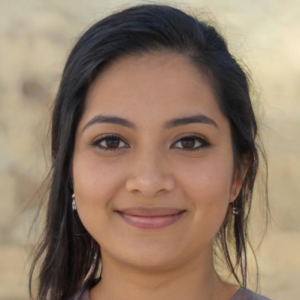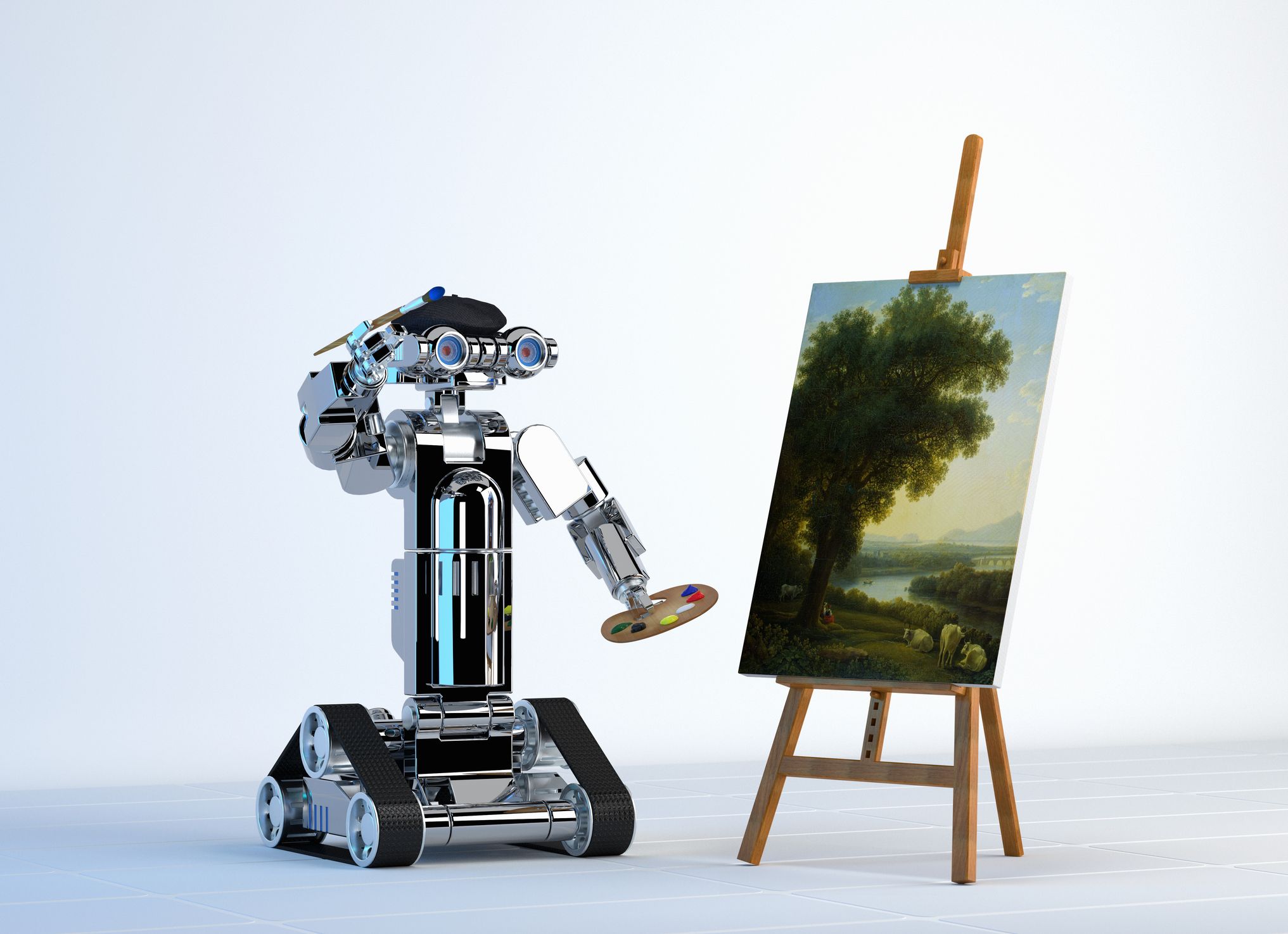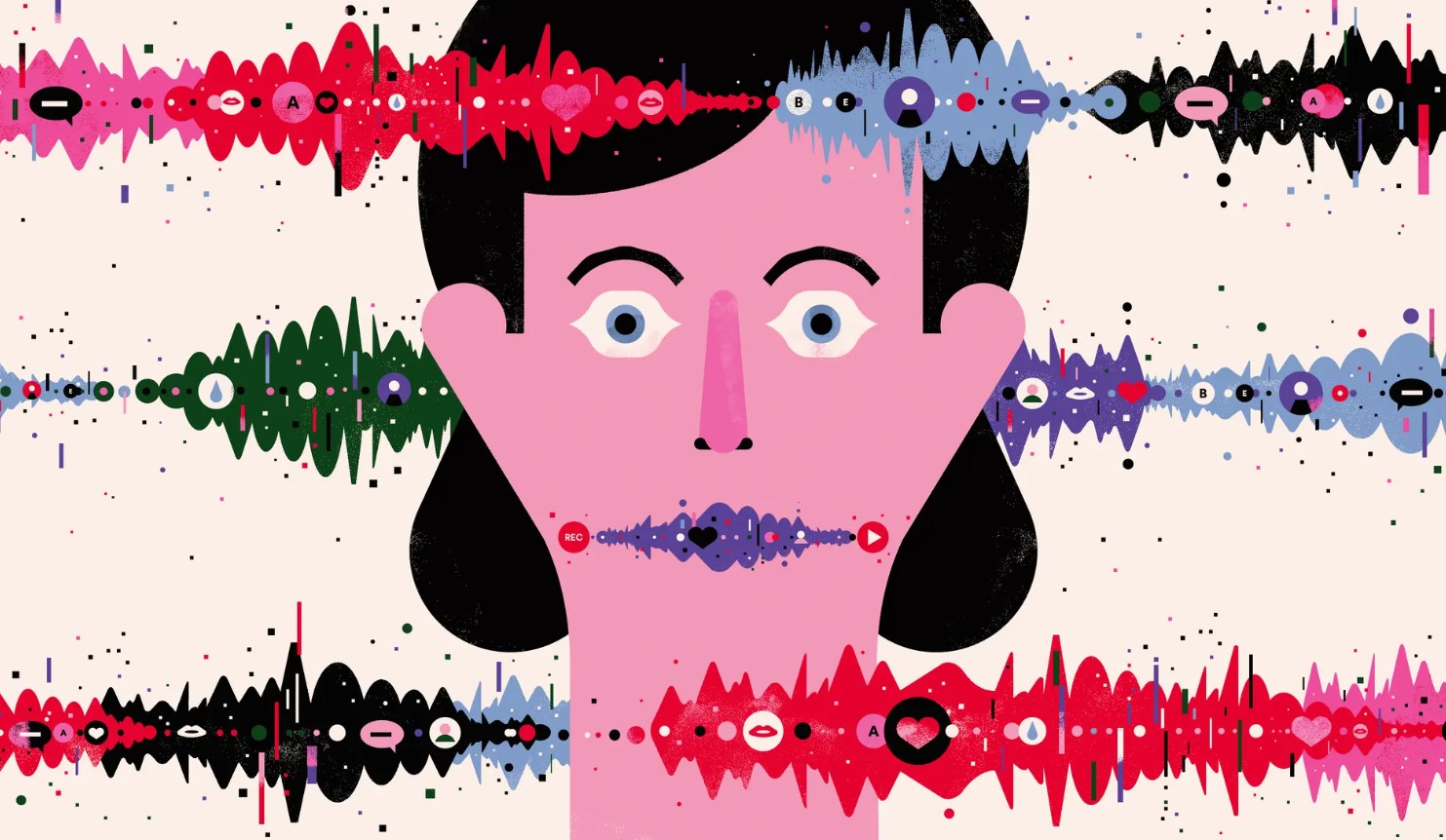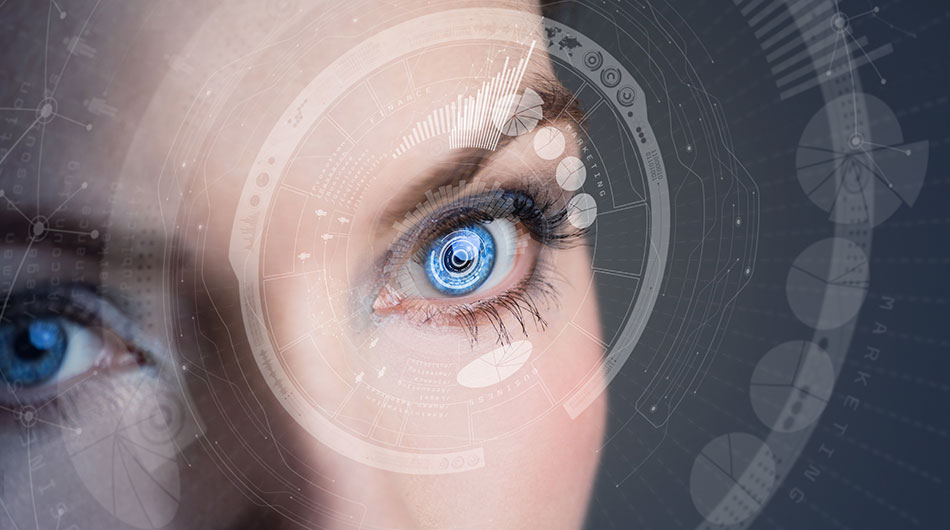8 Scientific Explanations for Why We Don’t Look Good in Photos
Often we don’t like the way we look in photos. Is it always caused by the photographer’s dilettantism, poor lighting, or the model’s unphotogenic appearance? Let’s look at this phenomenon through science.
We’re Used to Seeing Ourselves in the Mirror, not in the Photo
Famous portrait photographer Kim Ayres reported last year that about 90% of people don’t like the way they look in photos – and most people think they’re unphotogenic. The statistics are impressive! To find out what was wrong, Kim experimented: he took regular and mirror-image pics of people and then offered them to choose the picture they liked. As you might have guessed, most experiment participants preferred the mirror-image photo.
This fact is explained simply: we see ourselves mainly in the mirror, but the camera captures our actual image, the way others see us. Since our faces are asymmetrical, the face in the mirror and the face in the photograph seem to be two different faces. Holding a photo of ourselves and its mirror reflection in our hands, we find the second image prettier (or simply more familiar). At the same time, others are more likely to choose an ordinary photo. We can often notice this effect during the discussion of a group photo: everyone in the group picture will think that others turned out fine except for themselves.
Every day since childhood, we look in the mirror. We brush our teeth, shave, and do the makeup. Over time we get used to the image in the mirror, as the habit breeds sympathy. It is why we like our mirror image more than our photos. Ayres’ experiment was previously conducted by scientists from the University of Wisconsin in Madison in 1977. Back then, participants in the study chose a mirror reflection of their photo as the most sympathetic, while people close to them picked the actual image.
When asked to explain their choices, participants cited foreshortening, light, head tilt, and so on as reasons, even though both photos were taken from the same negative. So if you are so unsure about your portrait and want to fix it, just try to mirror it in any photo editor.
We Think We Look Prettier than We are in Reality
Nicholas Epley, a behavioral psychologist from Chicago, says that we don’t know how we look. It is because the image in our minds really doesn’t match how we really look. Epley proved his statement in the experiment, during which scientists took several photographs of respondents, changing their attractiveness in photoshop in 10% increments, based on pictures of commonly recognized good-looking people. The study participants had to choose from several images of their real photos. Most participants chose a 20% more attractive shot than the actual image. However, when it came to selecting pictures of the researchers experimenting, the participants were more objective.
The Optics distorts our Real Appearance
The camera is also distorting the photo: first, the image is transformed by the lens’ complex optical system, and second, the different focal lengths of the lens reflect our face differently. Every photographer is familiar with the concept of perspective distortion – the closer the subject is to the camera and the shorter the focal length, the more significant the difference in the size of objects at different distances from the camera, meaning that things close to the camera will be visually distorted and enlarged compared to objects at a greater distance. All of this, as a rule, leads to changes in facial proportions.
Daniel Baker – a psychology professor at the University of York, explains this effect through selfies: face parts that are closer to the camera look larger, distorting the overall picture. Obviously, your face appears wider at short focal lengths, so the farther the camera is away from your face, the more natural it looks.
There’s really no secret for taking perfect selfies other than taking more shots. People who take a lot of selfies end up feeling much more comfortable when they see their photographs. Try to get used to your image in photos the same way you get used to the image in the mirror, and then things will fall into place.
5 Scientific Tips on How to Take Better Selfies
Face the camera with the left side of your face
Scientists succeeded in discovering that the left side of the face is more attractive than the right one. They conducted a survey with students at Wake Forest University, asking them to choose the most beautiful photos of men and women. They found that portraits of women showing the left side of their faces were attractive in 78 percent of cases, while portraits of men showing the left side of their faces were attractive in 56 percent of cases. They included both natural images and mirrored reflections of faces.
At the same time, psychologists say that the left side of the face is more connected with emotions, while the right side reflects such qualities as self-confidence and leadership. So it’s definitely better to upload a photo with the left side of your face on Tinder and the right side for a CV.
Open Your Eyes Wider
Open eyes and dilated pupils are other secrets of attractiveness in photos. Dutch scientists have found that the size of the pupil is directly related to trust. The researchers showed the experiment participants several videos with people in the lead role. In some clips, the researchers increased the size of the pupils of the main characters, and participants noted they believed such heroes more.
Eyes may react to bright lights or flash and not give the effect of large pupils. So try to get used to the lighting or take some test photos with the flash.
Look Directly into the Camera
You’ve probably been in situations where the photographer has directed your gaze away from the camera. But such techniques are not always good. Looking directly into the camera is more appealing to the viewer.
In one study, researchers selected portrait photos and showed them to respondents. As a result, respondents were more attracted to the characters looking directly into the camera. Researchers link direct gaze with a desire to connect with the viewer. So if you want to look more attractive in a portrait, keep it in mind.
Alcohol can Help
Scientists from the University of Bristol conducted an experiment that proved that a mild dose of alcohol in the blood makes a person more attractive in photos. They photographed participants three times: sober, after one drink, and after a large dose of alcohol. The images were shown to a group of respondents who had never seen the study participants before. The photos taken after a small amount of alcohol were considered the most appealing.
Scientists explain this curious fact with the influence of alcohol on people. As a rule, they become more relaxed, and the change in blood pressure gives a slightly ruddy face.
Give a Little Smile
The impression of a person is formed in the first milliseconds after we see their face. A slight smile can inspire our trust.
The strange discovery lies in the observer predicting a person’s intelligence from their appearance. Faces perceived as intelligent are most often more elongated and have a large distance between the eyes, a large nose, slightly raised mouth corners, and a pointed chin. Of course, the shape of the chin and the size of the nose can hardly be faked without surgery, but to portray a smile in a photo is not a problem. But of course, this is a subjective opinion, and there is no real correlation between intelligence and facial shape.
For premium readers








